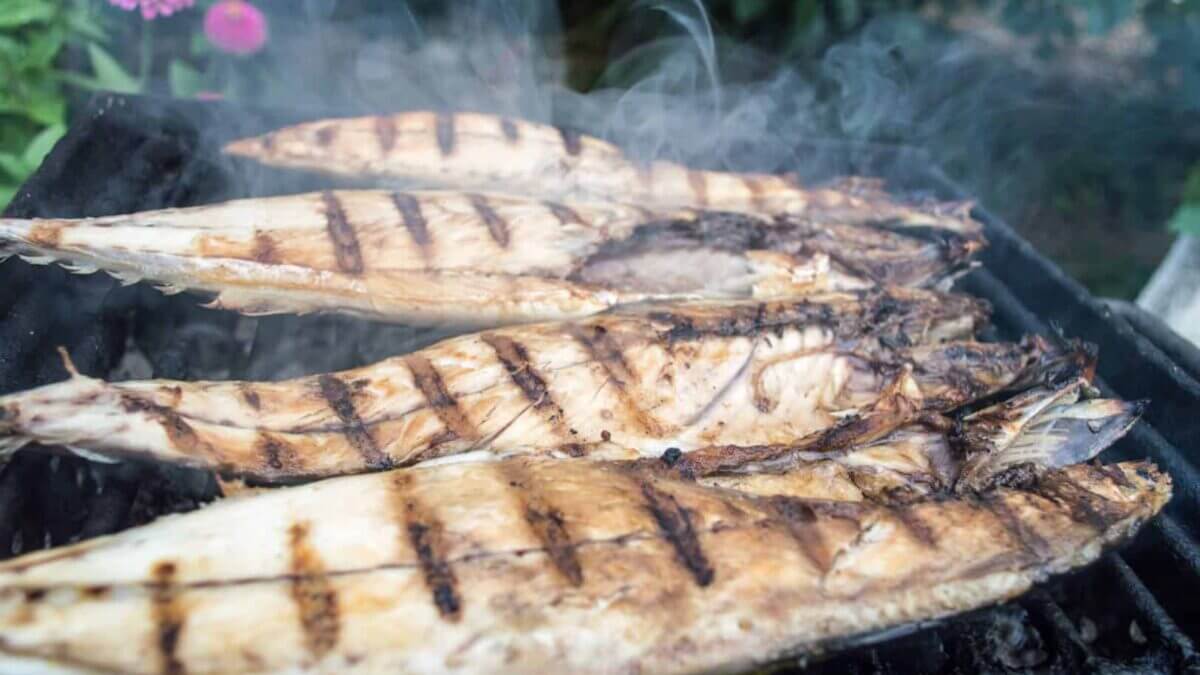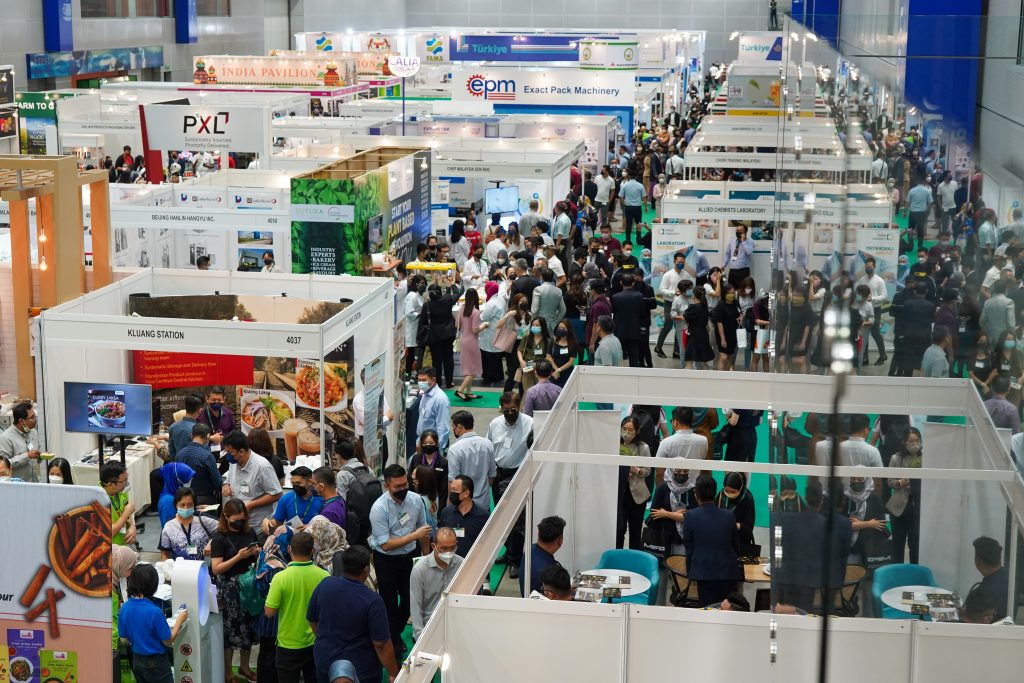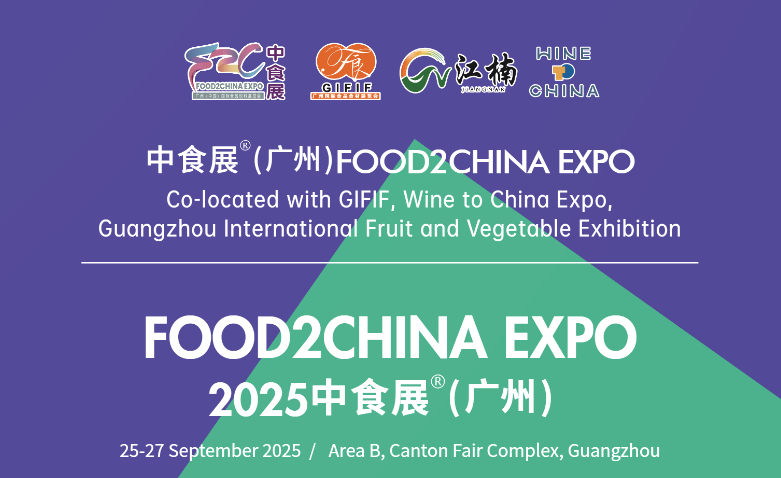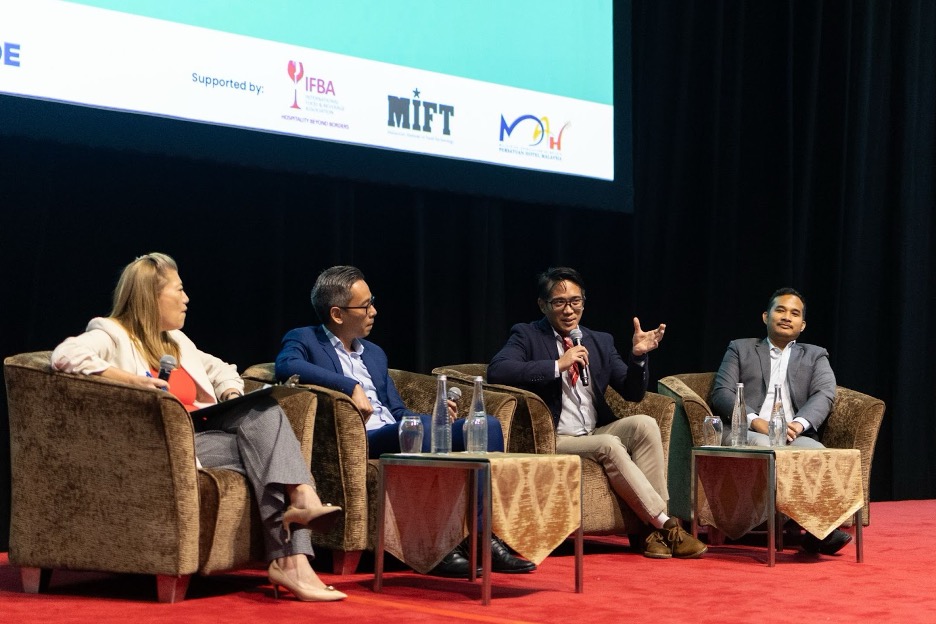See those juicy, plump prawns in your laksa. Ever wondered where they came from? Or what about the ikan bakar that just arrived hot, smoky, and charred together with that side of sambal on your outdoor table?
Here in Malaysia, we are blessed with lots of coastal lines and with it, lots of seafood.
We are even the biggest seafood consumers in Southeast Asia. In fact, Malaysians consume an average of 56kg per person per year.
Sadly, did you know we could run out of seafood in just 40 years if we continue consuming seafood indiscriminately?
WWF-Malaysia says that our waters have been overexploited and almost 90% of Malaysia’s demersal (bottom-dwelling) fish stock has declined in some fishing areas since the 1970s.
This is due to unsustainable fishing practices, pushing fishery resources to the verge of collapse and damaging the environment in the process.
A survey commissioned by WWF-Malaysia showed that more than 70% of Malaysians would stop or reduce seafood consumption if fish stocks are declining.
When it comes to seafood or any animal-derived food source, we tend to forget that these are also wildlife that needs to repopulate and can only thrive in conditions with ideal conditions.
Although seafood produces a considerably smaller carbon footprint than say the production of beef, we still need to be careful when it comes to making sure we have a constant supply of this food source.
To ensure that seafood such as fish, prawns and squid stocks do not get depleted in our seas and rivers, sustainable fishing practices have to be put in place.
Mind you, this is to protect our wildlife and not the farmed stocks.
Sustainable seafood addresses overfishing pressures on both the environment and society.
It also aims to protect the long-term vitality of sea life and the oceans and water habitats.
Then there are the livelihoods of fish-dependent communities and workers to consider.
One way you can do your part to ensure you can continue eating quality seafood in the future is to purchase only from sustainable sources.
Sustainable seafood needs to be measured according to a standard that is credited through certification. The best management practices should be properly carried out for fishery and aquaculture sectors, through science-based requirements for seafood sustainability.

There is a form of certification for sustainable seafood. The WWF-Malaysia recognises the Marine Stewardship Council (MSC) and the Aquaculture Stewardship Council (ASC) as the best certification bodies for sustainable seafood.
Seafood sources certified by the MSC and ASC also minimise the environmental and social impacts of seafood retrieved from wild catch and aquaculture.

You will be able to see the councils’ logo on certified products.
By buying certified sustainable products, you can create positive change by giving more fisheries, aquaculture farms, retailers, hotels, and restaurants incentive to provide certified sustainable seafood.
As of 2017, Trapia Sdn Bhd is the only ASC certified farm in Malaysia. Based in Perak, the farm produces about 7,000 metric tonnes of ASC certified tilapia.
There are also six companies that are certified under the MSC Chain of Custody certification (COC), which means that they are allowed to process and sell ASC or MSC certified products.
It is important that we all do our part to support parts of the sector working towards creating sustainable seafood. They are needed to ensure food sustainability for the constantly growing world population.
So, it’s time to hold your fishmonger, supermarket or seafood supplier accountable. Do it, not just for yourself but also so your grandchildren can bite into large, juicy prawns in their laksa in the future.
Pre-register now to attend MIFB 2020 to learn more about the seafood and fisheries industry.



